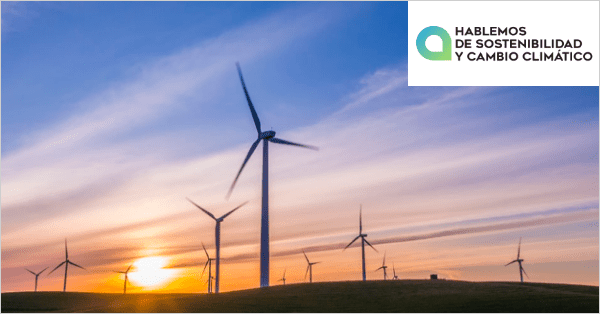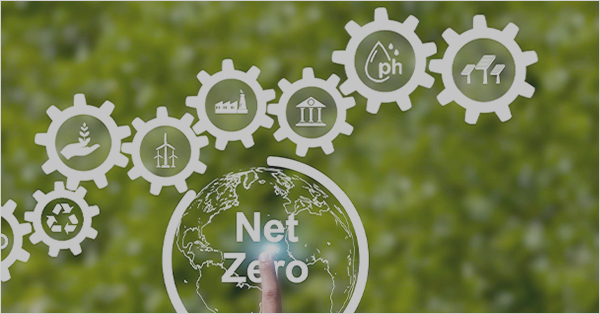
National development banks (NDBs) have historically promoted growth and development worldwide by supporting public policies and accelerating their targets. Nevertheless, there has been an important renaissance of NDBs in the last decade for two main reasons. Firstly, the 2007/09 major financial crises, and even more the COVID-19-caused crisis, led NDBs to significantly increase their lending, among other operations, in a counter-cyclical way, contributing to saving jobs and companies, as well as supporting a sustainable economic recovery.
According to the United Nations Economic Commission for Latin America and the Caribbean (UN ECLAC) estimates, Latin American and Caribbean (LAC) NDBs have committed, until February 2021, the equivalent of US$90 billion in financial support, an impressive amount to help to confront the effects of COVID-19 in the region. This support has laid the groundwork for a climate-smart and resilient recovery. NDBs have a key role in driving and supporting a sustainable recovery by addressing both short and long-term needs, setting market signals, and leveraging private sector financing in sustainable infrastructure.
Secondly, NDBs can play a role in mobilizing and catalyzing key investments for the transformation to a low-carbon and inclusive economy at scale. NDBs have been instrumental during the last decade in helping governments to green their economies and have developed innovative financial solutions for both micro, small and medium enterprises (MSMEs) and infrastructure projects with terms tailored to the financial profile for low-carbon investments. These investments typically require longer tenors, lower (or at least not higher) interest rates, flexible amortization profiles and alternative collateral approaches (including non/limited recourse financing). Shifting the “trillions” of private sector financing in sustainable infrastructure will be key to meeting this investment challenge. Many NDBs in the region have taken a leadership role in this domain, based on their public development mandate, and when government policies and regulations are aligned with such investments. This second aspect is what this blog will focus on. We will do so, however, taking into account the complementarities and potential trade-offs between both types of activities.
What is the role of NDBs, especially in green transformation?
Broadly speaking, there are five crucial functions of NDBs in the development process. These are: providing counter-cyclical finance; encouraging innovation and structural transformation; enhancing financial inclusion; supporting infrastructure financing; and promoting environmental sustainability, in particular by combating climate change.
Introducing criteria of climate risk mitigation and adaptation and putting them at the heart of NDB activities in ways that maximize their impact on sustainable and inclusive development were clearly the focus of a recent publication from the Inter-American Development Bank (IDB) titled “Guidebook for National Development Banks on Climate Risk”. Due to NDB mandates, including their role in mobilizing private resources considering public policies and longer-term investment perspectives, the IDB Guidebook calls attention to a promising agenda that can take this financial segment to a higher level.
NDBs serve as the principal interface between the public and the private sectors and are in the unique position to foster economic or social development by financing activities with social returns. In fact, the role of NDBs in mobilizing resources for financing transformation to an environmentally sustainable economy relies not only on the resources they lend themselves but also, to an important extent, on other resources they help mobilize, both private and public, national and international.
In the case of NDBs catalyzing private resources, the issue of appropriate risk sharing between the public and private sector becomes very important, as does the design of appropriate corporate governance and financial instruments in this regard.
NDBs have a crucial role to play in supporting and funding innovation and investment, both within existing sectors and companies, and in key new sectors that are central for de-carbonization in the post-COVID-19 recovery economy in the Latin American and Caribbean region. Such new sectors will include, for example, renewable energy, energy efficiency, electromobility and low carbon agriculture.
What are the pre-conditions for NDBs to play their roles effectively in a green transition?
A key precondition for NDBs to play their roles effectively, including in the transition to a low carbon economy in the LAC region, consists of two elements: sufficient scale of their capital, typically provided by their governments, as well as mobilizing and leveraging private flows toward low-carbon and climate-resilient pathways.
NDBs can, for example, borrow in both domestic and international capital markets, and these loans can then be used to finance their own lending; this is easier for those countries that have deeper national capital markets. NDBs therefore can help develop domestic capital markets, especially for greener and more sustainable friendly instruments, essential not just for their own funding, but also that of private companies. The development of green and sustainability bonds are important instruments for mobilizing capital from institutional investors. While this market has been growing significantly in recent years, the LAC green bond market (and regarding the participation of local institutional investors) offers enormous growth potential. While globally over US$754 billion in green bonds have been issued from 2007 to 2019, only US$12.9 billion have been issued in the LAC region. IDB has been leading important work in this area, helping develop critical aspects of the required architecture to scale up this market supporting about 30% of the regional issuances.
For NDBs, financing and co-financing with private national actors have the advantage that there is no currency mismatch in the resources provided, which can be important both for the NDBs, the companies and from a macro-economic perspective. However, international private resources, particularly in the form of equity, may offer very valuable additional externalities, like the provision of new technological know-how and sophisticated risk-sharing mechanisms.
Another important pre-condition for an effective impact of NDBs on the green transition is the use of appropriate instruments and processes to better address their public mandate. This refers to fully incorporate externalities linked to climate change in project evaluation (consistent with public policies), use of appropriate financial instruments (such as first and second-tier lending, guarantees, equity and venture debt) and technical assistance.
Indeed, it is important that NDBs should incorporate transition to low-carbon economies in all their financing decisions and project cycles. For this purpose, a valuable tool could be to both evaluate projects with commercial criteria and others that add social and environmental externalities, in line with national development goals (like Nationally Determined Contributions – NDCs).
Whilst loans are the main and simplest instrument used by NDBs, guarantees may perform a useful role when there is high uncertainty, as for the introduction of new technologies or adaptation of existing ones. For innovative technology and high-risk projects with potentially high development and profit potential, it seems desirable to use more intensively equity investments, so NDBs can capture the upside; this may also increase the ability of NDBs to have greater policy steer. Importantly, equity may be attractive to companies, whose levels of debt have increased excessively in COVID- 19 times, due to their need for high borrowing. IDB’s development of innovative finance instruments that support NDBs’ access to grant resources applied as guarantees is important to reduce perceived and actual risk, resulting in lower discount rates and improved investment conditions.
Finally, the provision of technical assistance by NDBs, accompanying funding, is especially crucial in the case of financing investment in the low-carbon economy. Similarly, technical advice and assistance provided by international organizations and multilateral development banks, such as the IDB, are relevant to share experience, expertise and recommendations to help NDB dealing with these major challenges. In fact, IDB’s green finance partnership with more than 40 DFIs in the LAC region has financed over US$2 billion in credit line programs and leveraged more than US$6 billion in green private investments to date. This support has the opportunity of leveraging access to a network of 72 NDBs in LAC, which have US$1.7 trillion in assets, a portfolio size of about US$1 trillion, and 78,850 branches in urban, rural and otherwise unbanked regions to drive the green transition.
Want to discover more? Download free publication here.







 Stay updated on the latest trends of Green Finance
Stay updated on the latest trends of Green Finance


